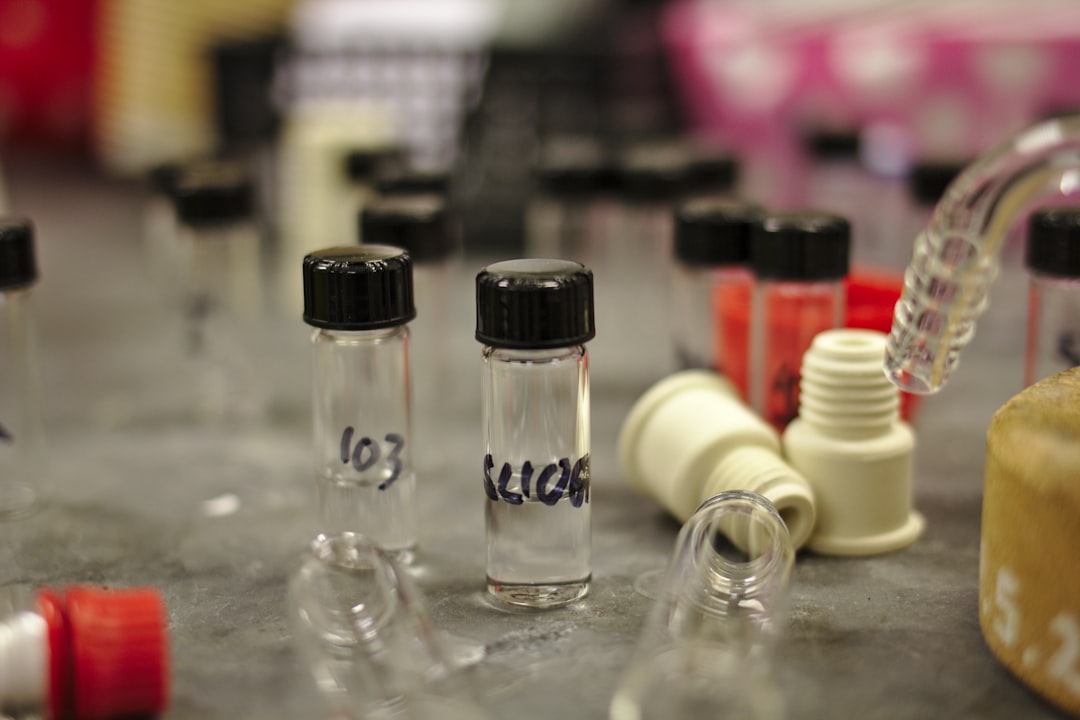What is it about?
Using male antenna as the sensing element, three electroantennographic detection (EAD)-active peaks were detected from pheromone gland extracts of the citrus leafminer, Phyllocnistis citrella. Based on gas chromatography (GC)-mass spectrometry and GC-infrared data, the semiochemicals were tentatively identified as a novel pheromone, (Z,Z,E)-7,11,13-hexadecatrienal, a previously identified attractant, (Z,Z)-7,11-hexadecadienal, and (Z)-7-hexadecenal in a ratio of 30:10:1, respectively. Identification was confirmed with synthetic compounds, which gave retention times identical to those of the natural products on three capillary columns with polar and nonpolar phases. While traps baited only with the previously identified attractant alone did not catch any males in Brazil, binary and tertiary mixtures with the major constituents caught significantly more male moths than traps baited with five virgin females.
Featured Image
Read the Original
This page is a summary of: Identification, Synthesis, and Field Evaluation of the Sex Pheromone from the Citrus Leafminer, Phyllocnistis citrella, Journal of Chemical Ecology, January 2006, Springer Science + Business Media,
DOI: 10.1007/s10886-006-9358-7.
You can read the full text:
Contributors
The following have contributed to this page










